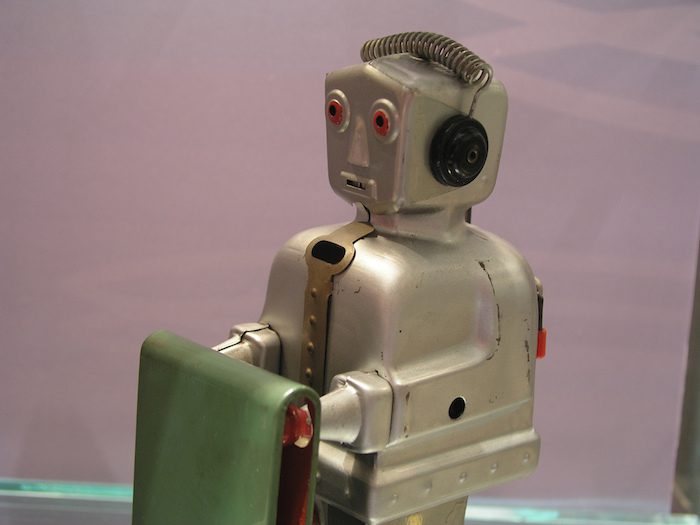The development that artificial intelligence has brought to man continues to take us through an exponential path into the fourth industrial revolution. With advancements in machine learning and automated technology, we continue to make breakthroughs like never before. In a new research, carried out be Astronomers in Britain and published in the Monthly Notices of the Royal Astronomical Society last week, using old NASA data, fifty new planets were discovered.
The British astronomers, in collaboration with computer scientists at the University of Warwick, built a machine learning algorithm that was able to filter through data containing thousands of potential planets. Researchers before now have never been clear about which is an actual planet. This is largely due to the fact that scientists in searching for exoplanets look for dips in light that indicate a planet passing between the telescope and their star. But these dips could also be caused by other factors, like background interference or even errors in the camera.
But with this algorithm, they are making exponential breakthroughs in telling the difference. They made the algorithm immerse itself in data collected by NASA’s now-retired Kepler Space Telescope over a period of nine years on a world-hunting mission. After the algorithm has gone through the data, it very quickly learned to separate real planets from false positives. It was thereafter given data sets yet to be confirmed, in which it found fifty exoplanets ranging from some as big as Neptune and others as small as Earth.
“In terms of planet validation, no-one has used a machine learning technique before,” David Armstrong, one of the study’s lead authors at the University of Warwick said in a news release. “Machine learning has been used for ranking planetary candidates but never in a probabilistic framework, which is what you need to truly validate a planet.”
With this discovery researchers are looking to use AI going forward to carryout more telescope missions. According to the release, this algorithm is the most likely way going forward because “the AI is faster than current techniques, and can be automated to perform on its own.” Armstrong also said that the algorithm could be used to analyze data from NASA’s Transiting Exoplanet Survey Satellite (TESS), an all-sky survey mission that completed its primary mission on July 4.



